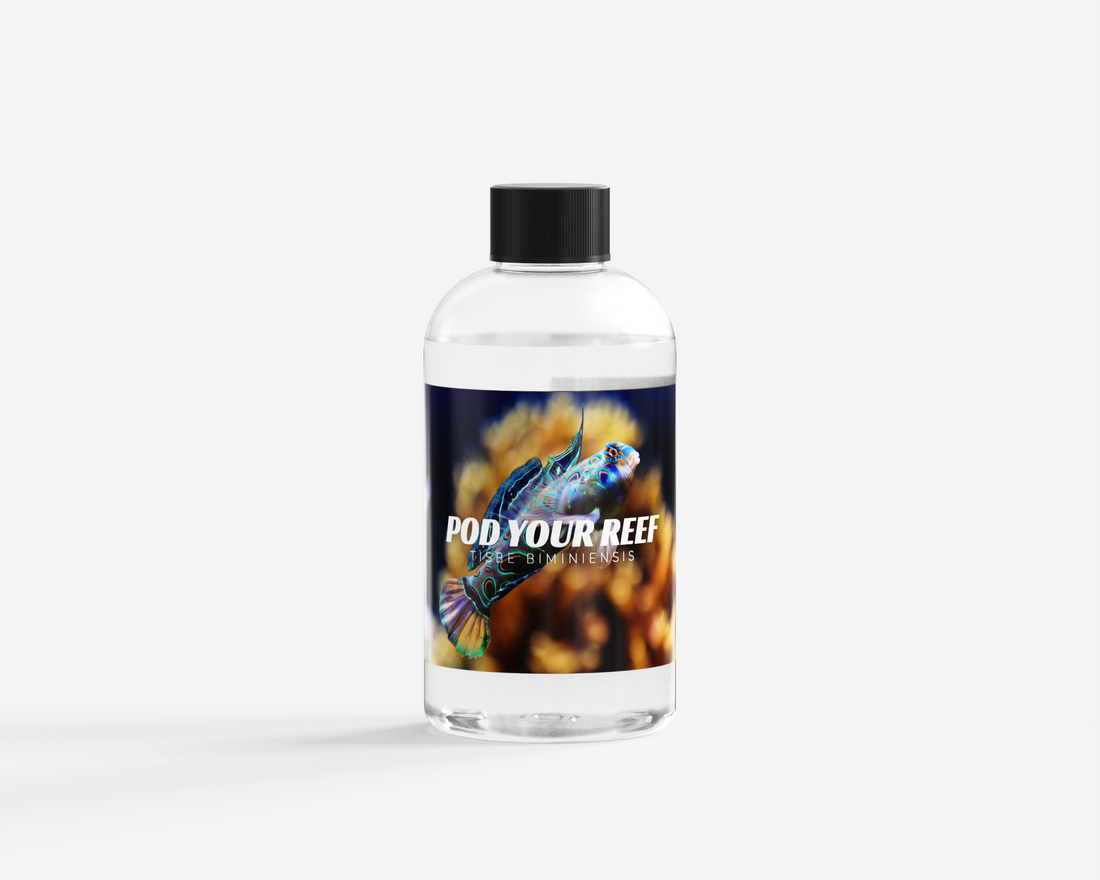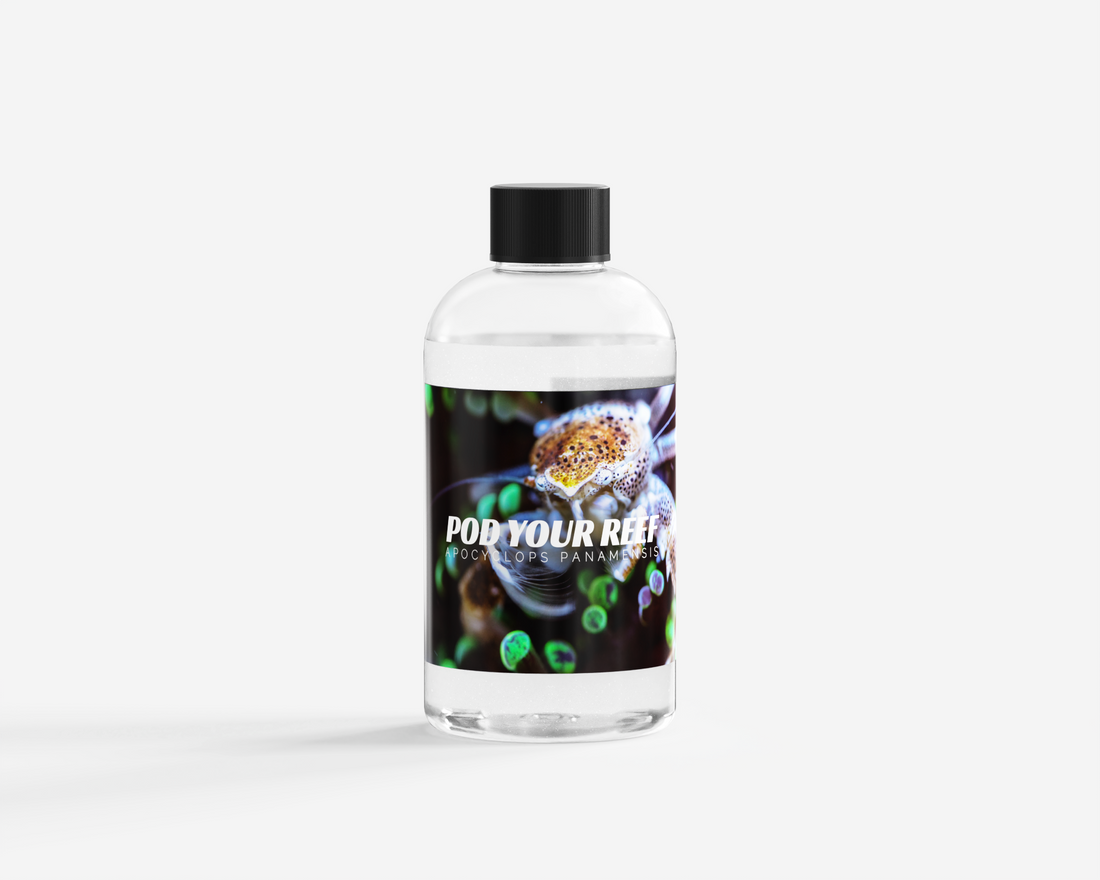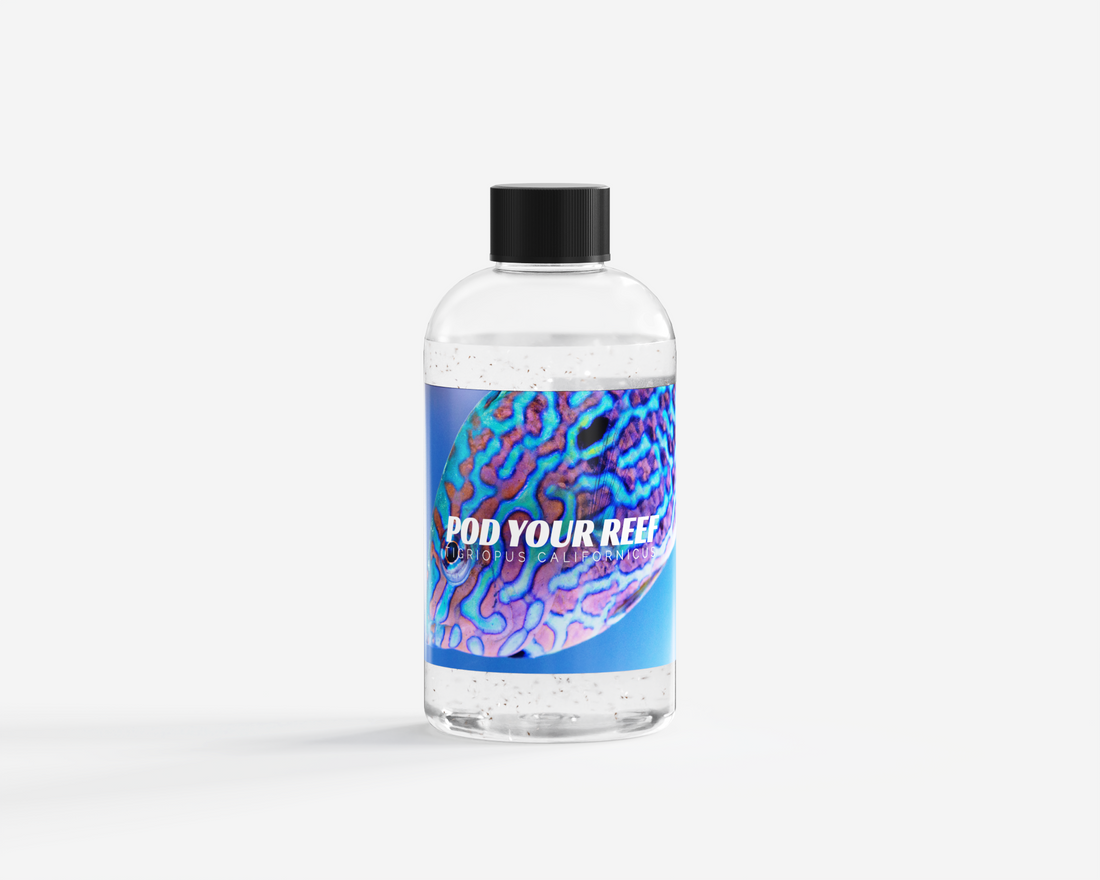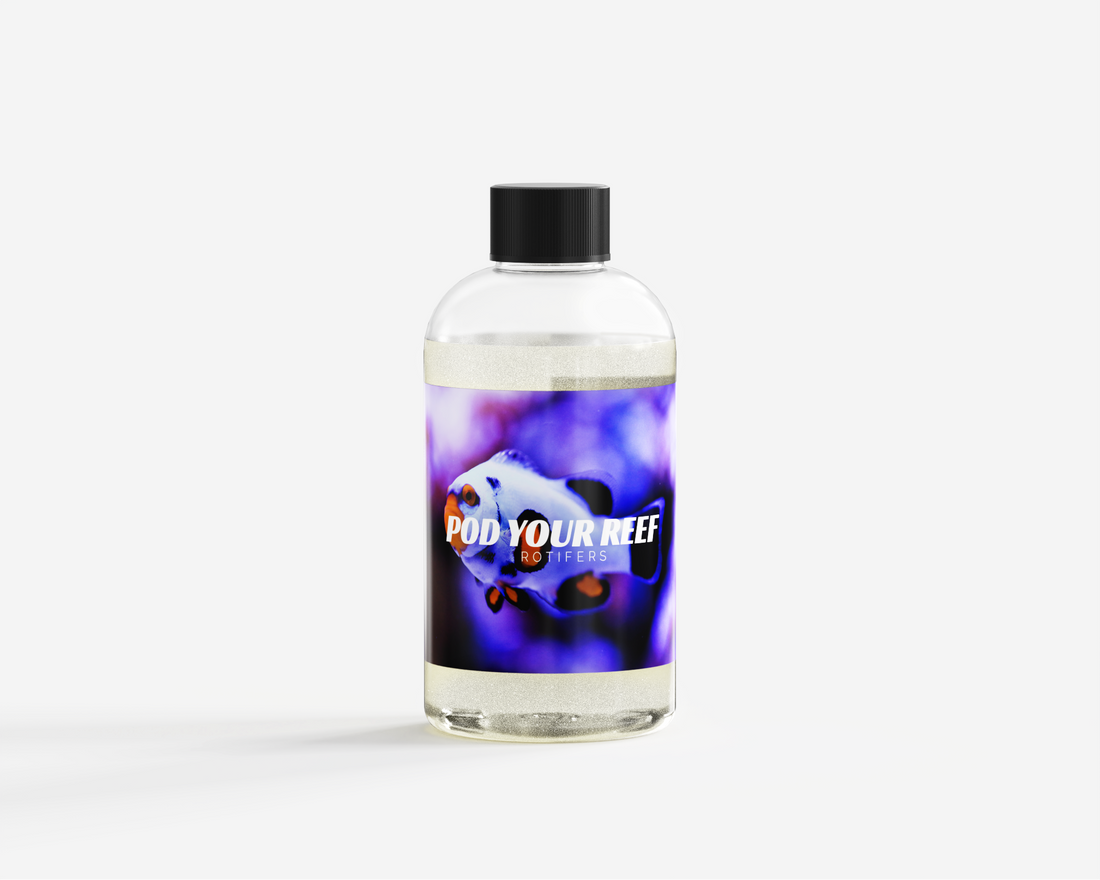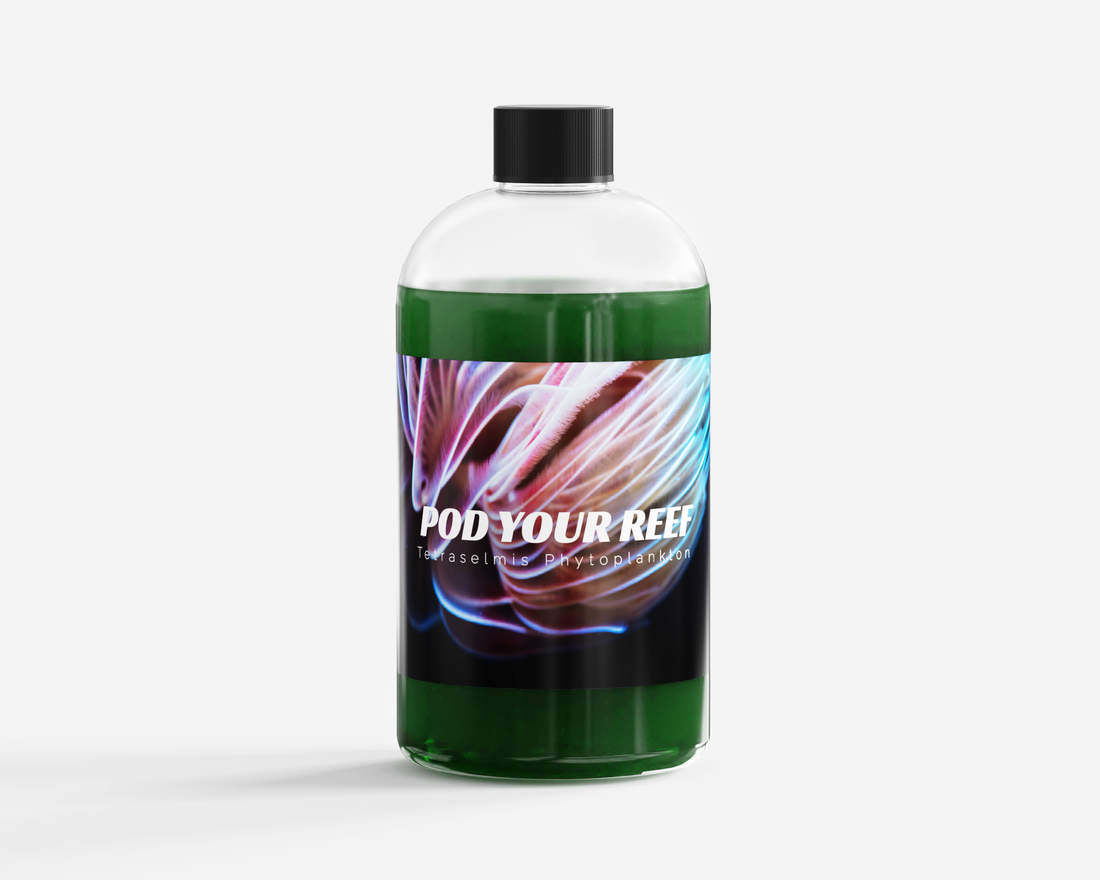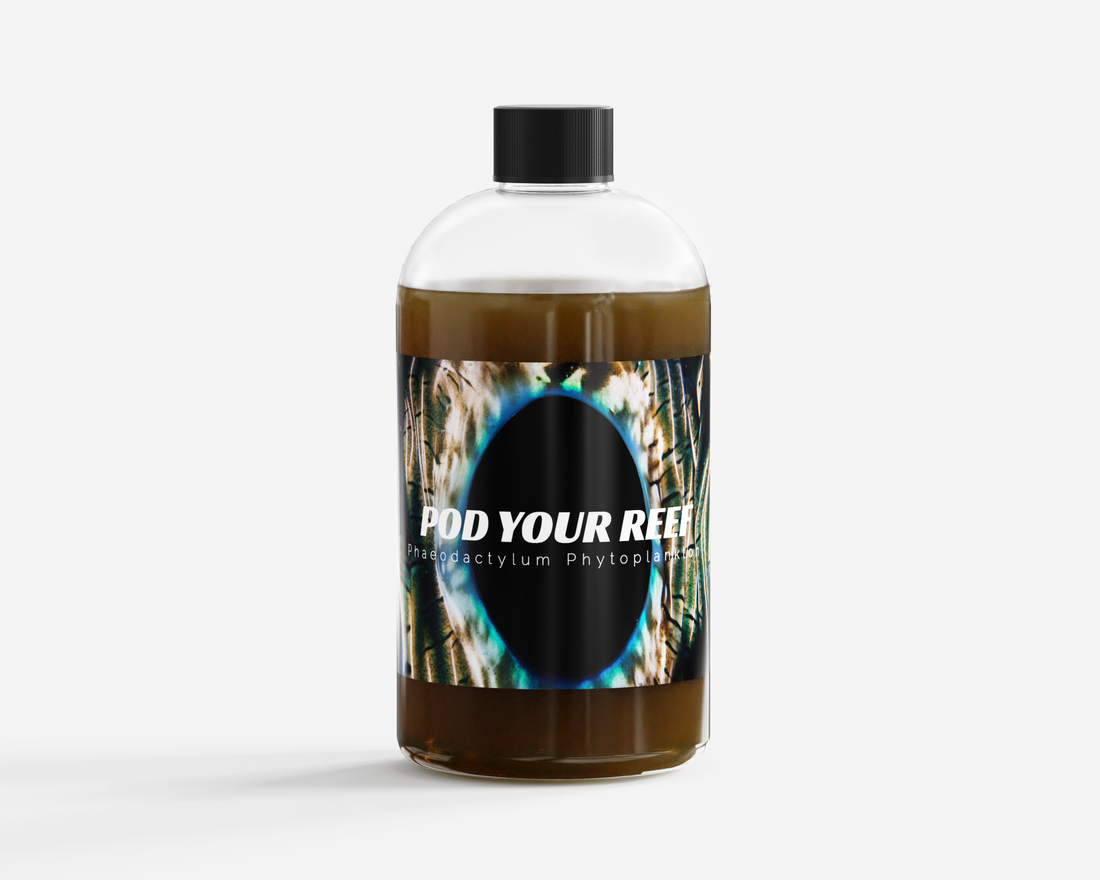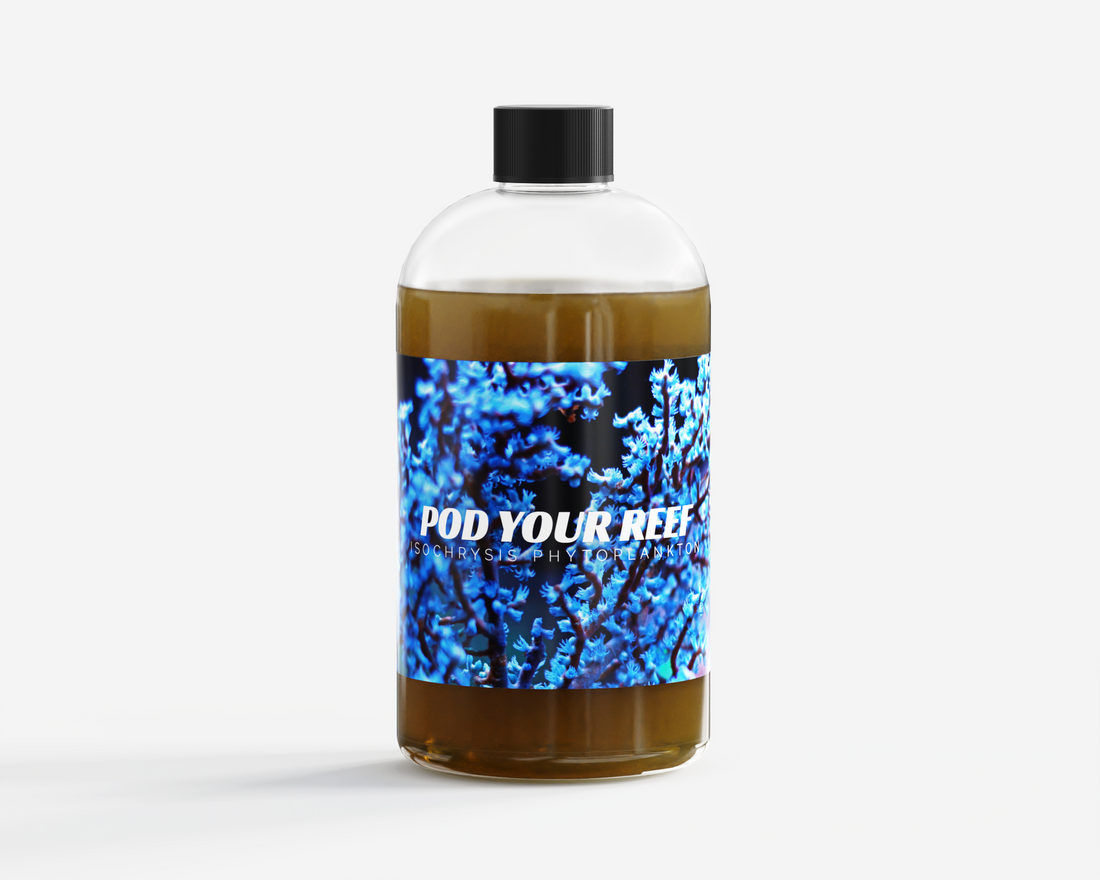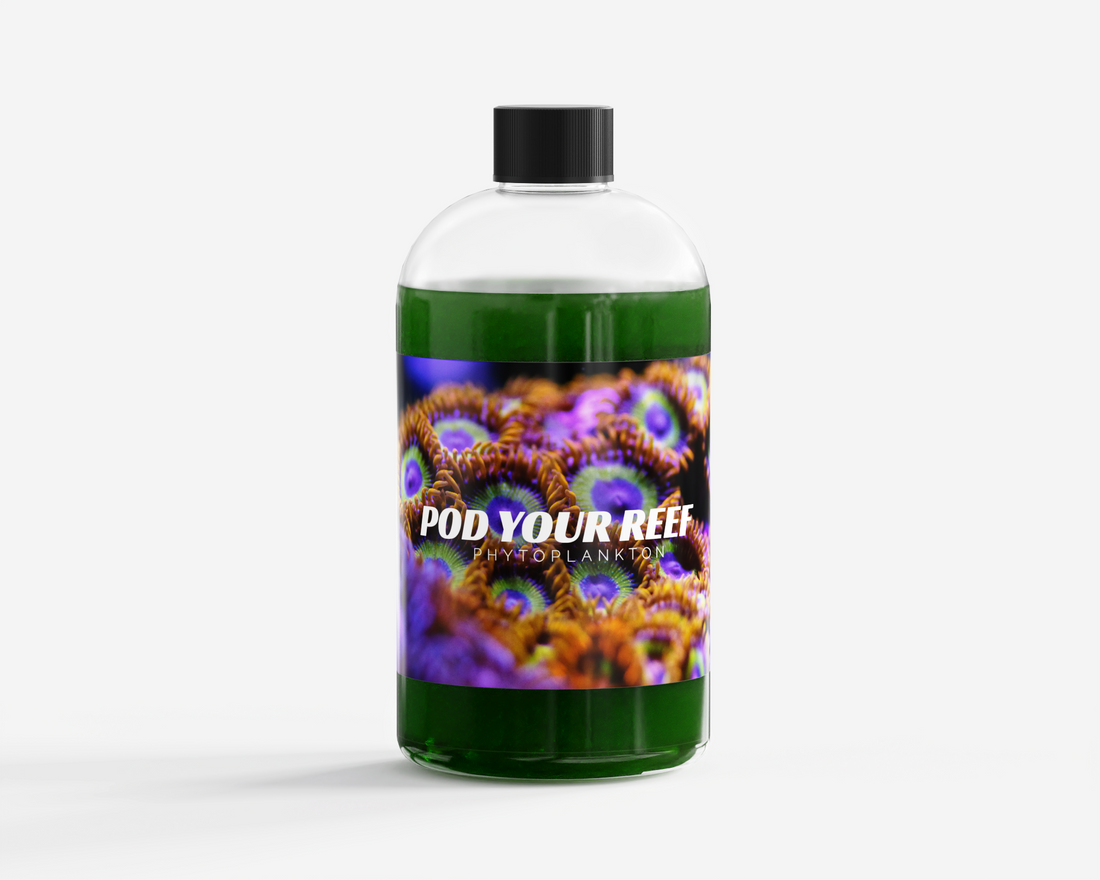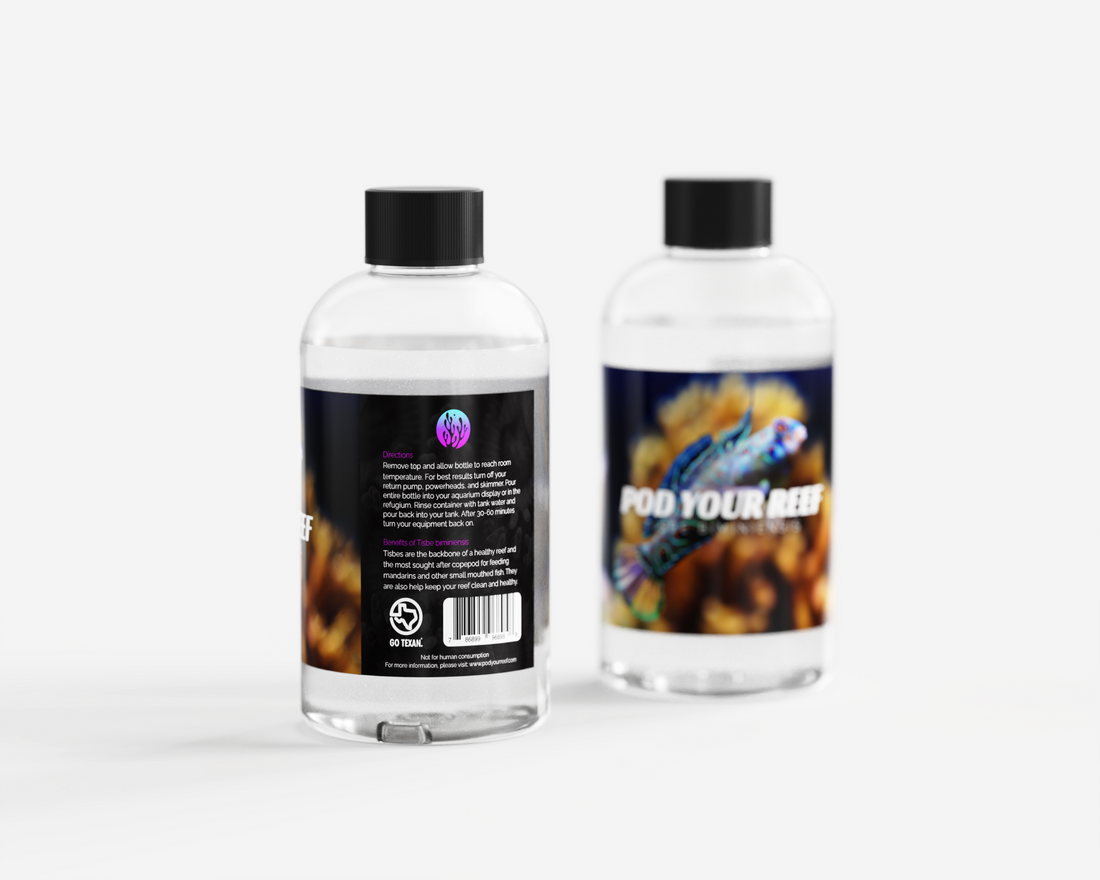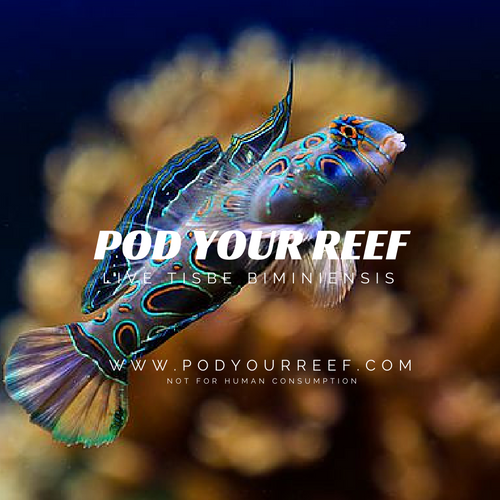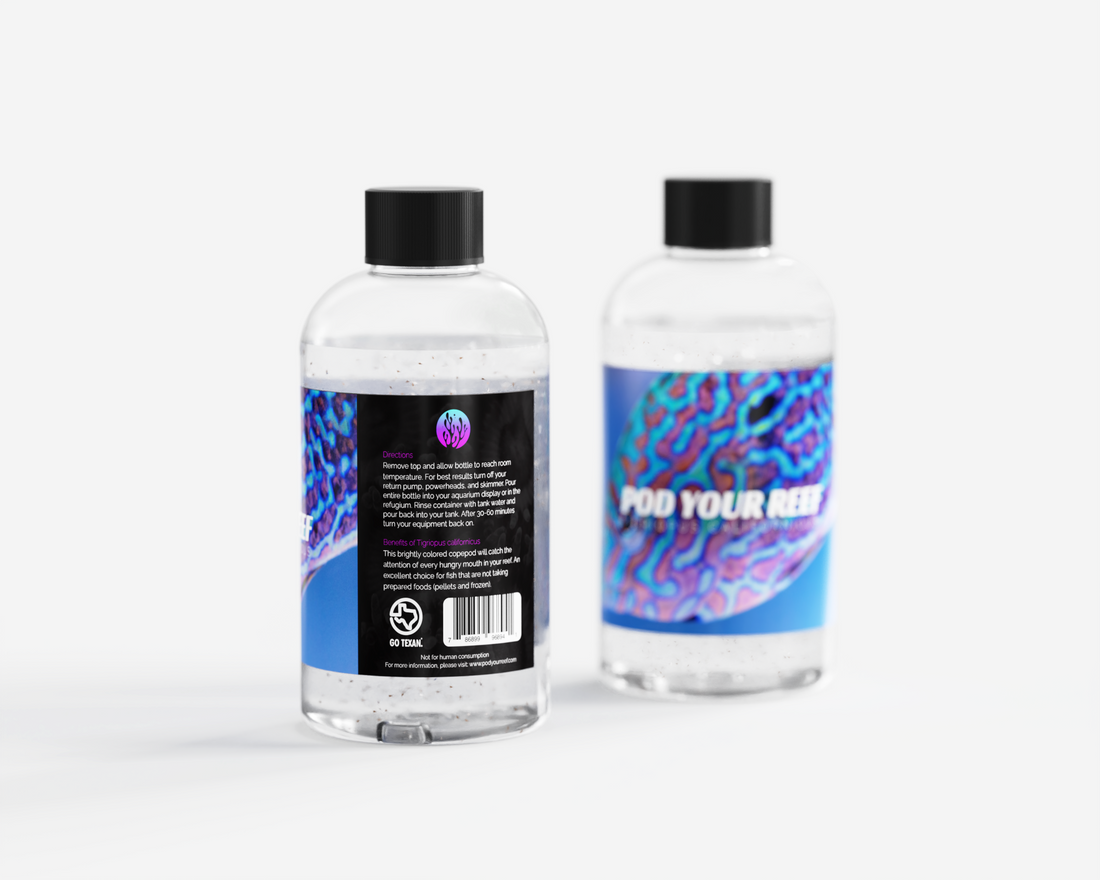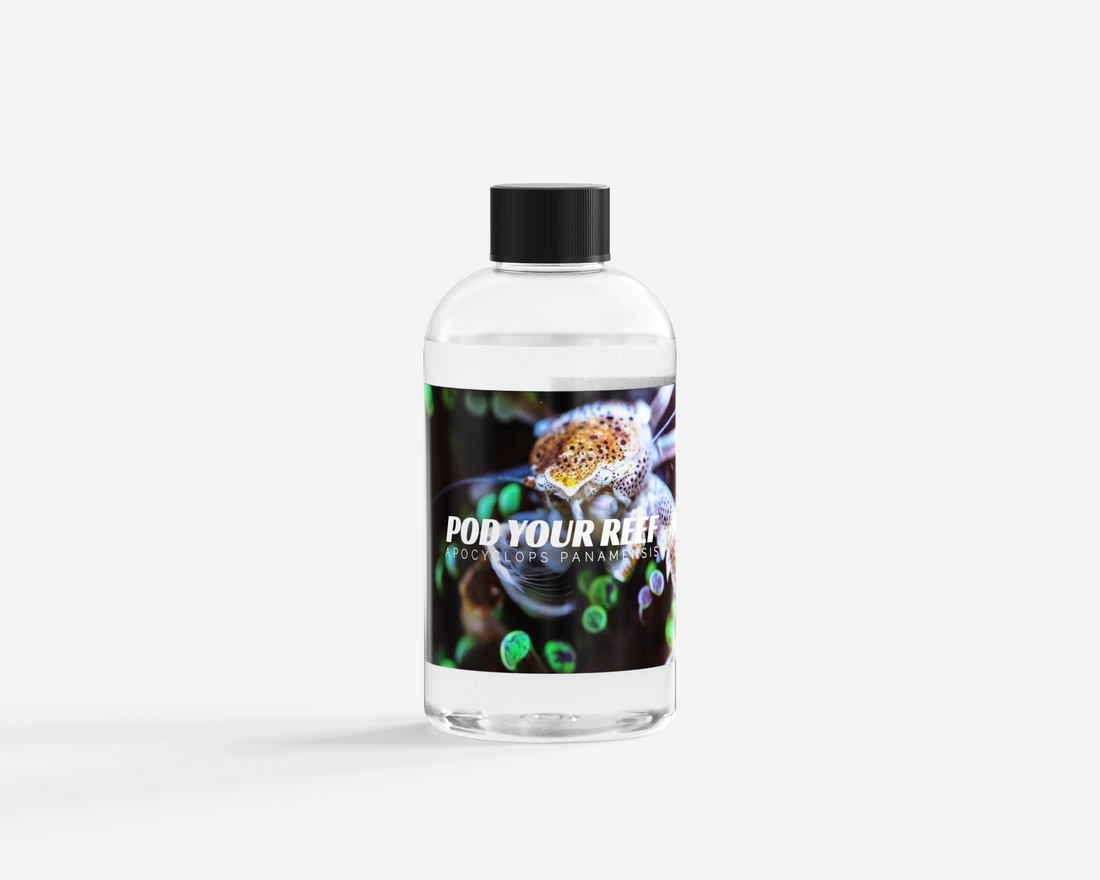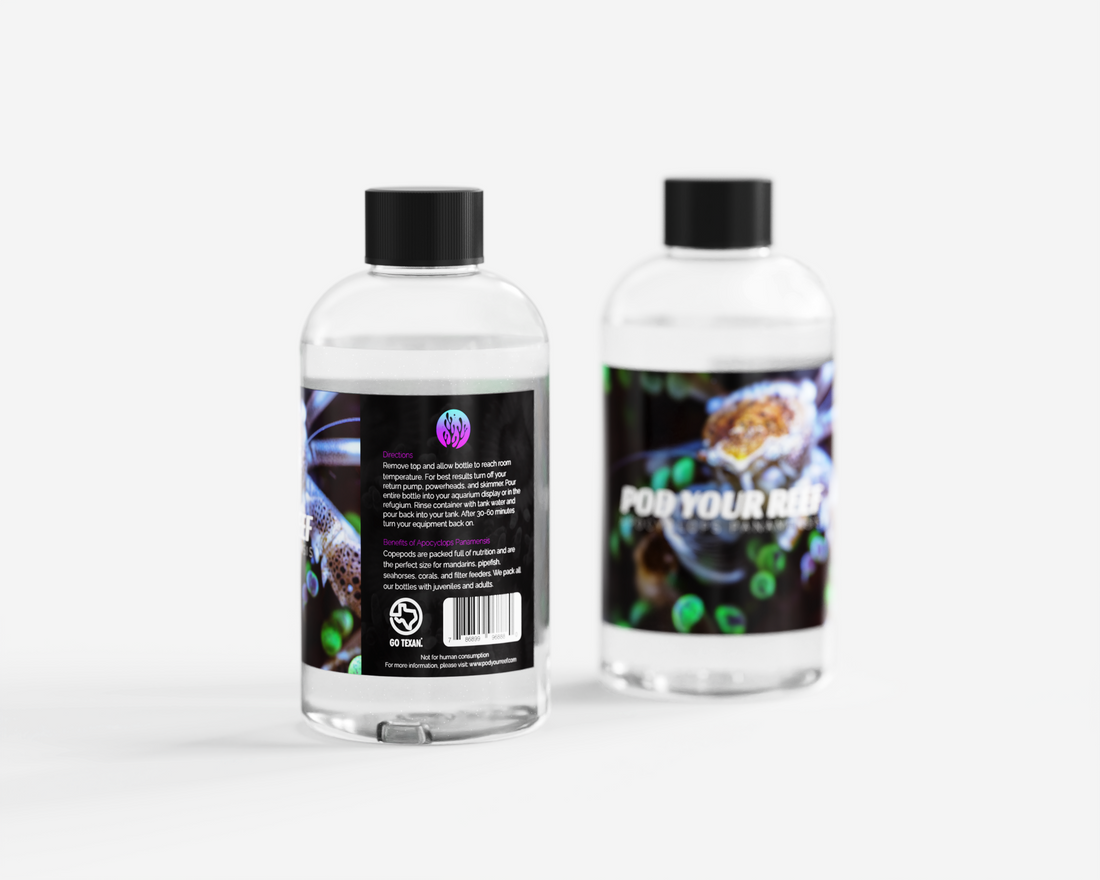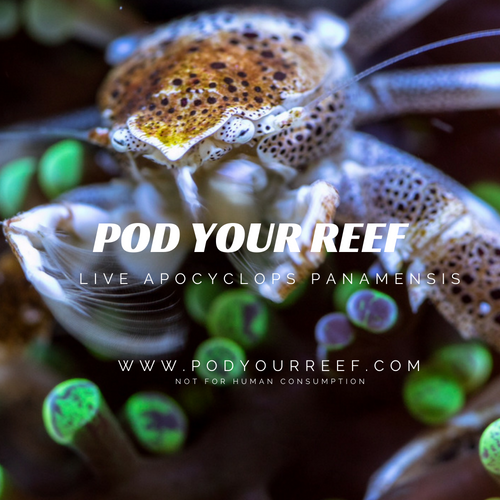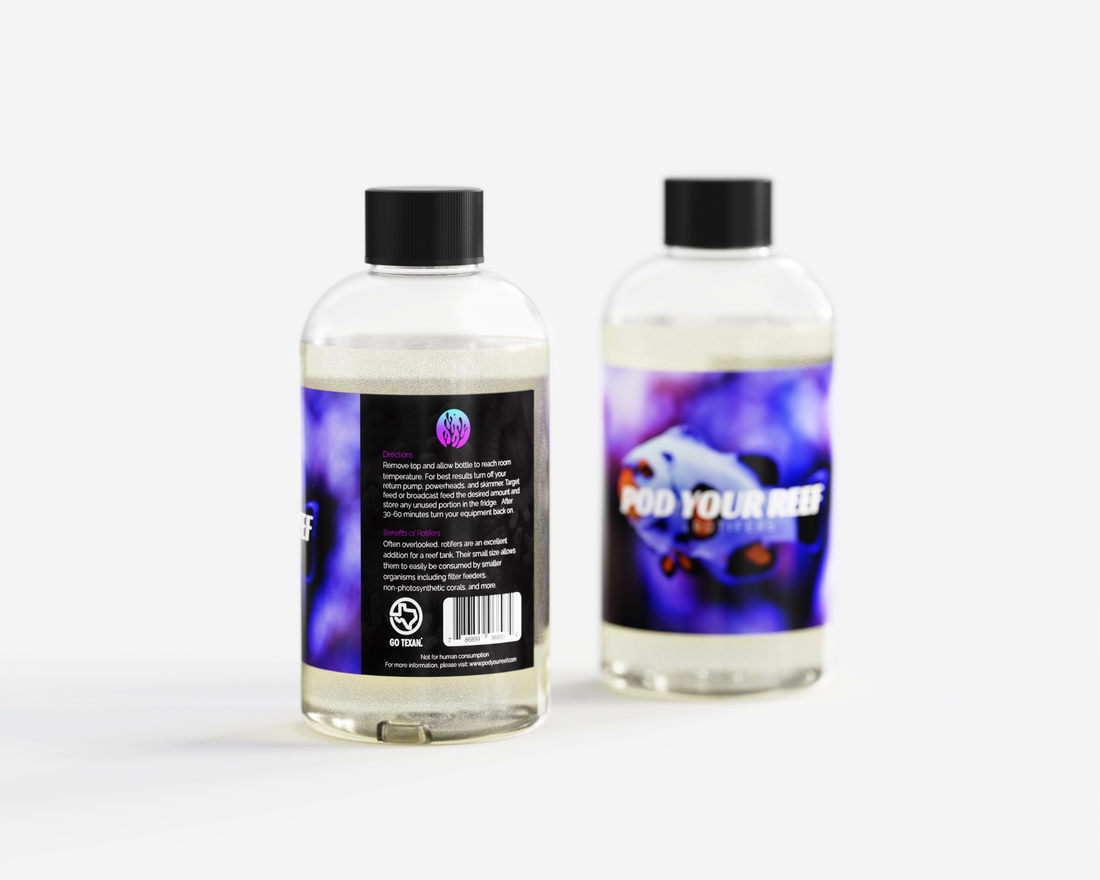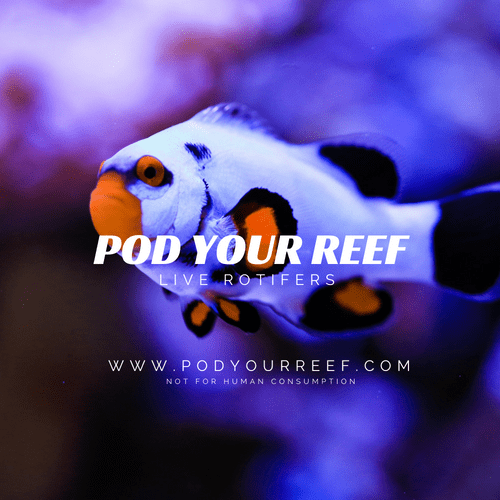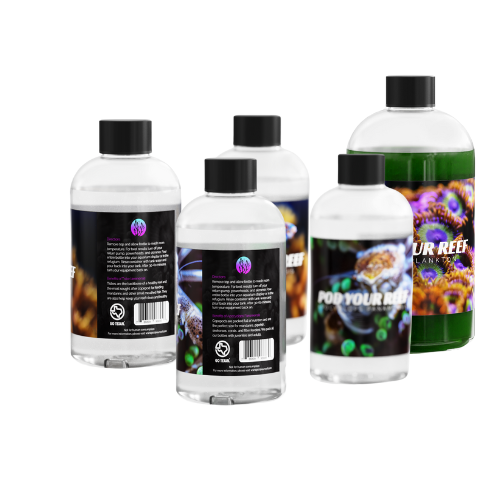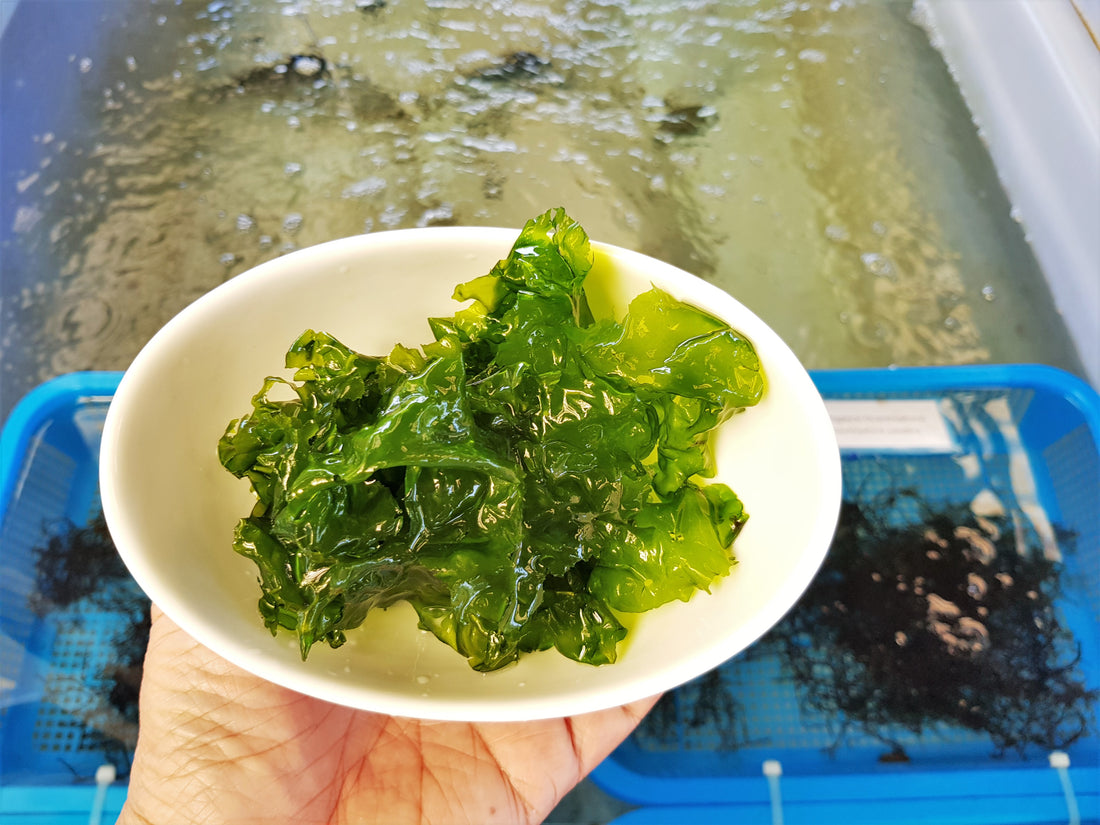
Care
Ulva lactuca: The Many Benefits of Reef-Grown Sea Lettuce
Ulva lactuca: The Many Benefits of Reef-Grown Sea Lettuce
Overview of Sea Lettuce Biology
Ulva lactuca, or Sea Lettuce, is a green macroalgae in the Ulvaceae. It has a worldwide distribution, thriving in both temperate and tropical coastal regions. It often is associated with high-nutrient, intertidal zones where it provides food to herbivores, habitat to inverts and oxygen to the water column .
Sea Lettuce can be light to dark green in appearance and grows in a doubled-layered sheet. This “lettuce leaf” can grow in suspension, but will eventually form a disc-shaped holdfast to anchor itself to substrates. Ulva lactuca has a complex sexual life cycle, but adult plants can be readily reproduced by cuttings. Sea Lettuce is a charismatic example of green algae and an aggressive consumer of inorganic nitrates and phosphates. This photosynthetic capability allows Ulva to convert these waste products into valuable nutritious compounds. This nutrition reenters the ecology when herbivores graze on vast fields of sea lettuce.
The Nutrition of Sea Lettuce
Ulva’s greatest promise to the reef aquarium industry is to be a nutritious, sustainable feed to a wide array of herbivorous and omnivorous species. Ulva is able to produce and retain some golden fats, but produces considerable amounts of protein, vitamins and minerals. When the Ulva is fed off, this nutrition is presented in a bio-active form, complete with probiotics, prebiotics1 and proenzymes2. All of these are essential to establishing and maintaining the stable gut microbiome essential for the long-term health of herbivorous reef fish such as Acanthurans (tangs) and Siganids (rabbitfish).
Because of its nutritional profile, Ulva has been incorporated into the feeds of broiler chickens, goats, cows, african catfish, pacific white shrimp, rabbitfish, milkfish, barramundi, gilthead sea bream, white-spotted snapper, sea urchins, abalone and sea cucumbers to beneficial effect. In a few species, Ulva meal could be used to 100% replace fish meal. This makes it a powerful and sustainable food item for the reef.
Converting Waste to Nutritious Sea Lettuce
Wild Ulva thrives both in nutrient rich estuaries and in the shadow of reefs. In India and the Philippines, Ulva is grown at scale to bioremediate fish/shrimp ponds. This is because it can aggressively utilize a variety of nutrient sources. Like Chaetomorpha, Ulva prefers to utilize ammonia for photosynthesis but will switch to nitrate and phosphate once ammonia is depleted. This means that a robust Ulva garden refugium coupled with a highly-functional biofilter can suppress fluxes in nitrates and phosphates. Though it will survive at lower light levels, Ulva is most powerful when exposed to prolonged periods of intense lighting. As a green algae, it particularly enjoys red spectrum light.
*To maximize nitrate/phosphate absorbing power of Ulva, provide it with 250+PAR light with as much red spectrum as possible.
When housed under a properly-lighted refugium, Ulva converts toxic nitrogenous wastes into nutritious Sea Lettuce which can then be fed off to the display tank. In this way, an Ulva-garden has dual function as a biofilter and as a continual source of high-quality tang chow!
Heavy-Metal Sink
Ibrahim et al 2016 demonstrated Ulva’s tremendous ability to bioabsorb heavy metals ions such as copper, chromium, cadmium and lead from industrial wastewater. This means robust Ulva gardens may have a role in regulation of trace metals in the reef aquaria as well. This may be especially helpful for aquarists which do not have reliable access to RO water.
Oxygenates the Refugium & Provides Substrate for Pods
Another hallmark of Ulva’s aggressive photosynthesis is that it can supersaturate the water around its tissues with oxygen. This, combined with its huge waving blades, makes Ulva an EXTREMELY attractive home for copepods and other refugium inverts. Because it grows in these sheetlike blades, it is important to periodically feed off excess Ulva in the refugium to ensure that it does not smother itself...but we are sure your herbivores will appreciate every harvest!
*Stock Ulva when initially seeding pods to assist in the colonization of your reef.
Suppresses Pest Microbes & Enriches Reefs
Because it is such an aggressive photosynthesizer, Ulva suppresses the growth of pest algae by depriving them of excess nutrients. It has also evolved to directly attack the microbes around it. Egan et al 2000 demonstrated how the presence of Ulva inhibited growth of fungi and bacteria and prevented algae spores from germinating. Furthermore, there is mounting evidence that benthic algae may release bioactive compounds which benefit coral reef ecosystems.
“Recent research indicates that coral reef associated benthic algae may control important metabolic processes in reef ecosystems via organic matter release. Yet little information is available about quantity and chemical composition of these algae-derived exudates.”3
Conclusion
Sea Lettuce is a valuable addition to any refugium because it is functional in every way. It compliments the biofilter in eradication of nitrogenous wastes while providing an oxygenated home for pods. Its greatest benefit is that it is able to rapidly convert inorganic waste into highly palatable, highly nutritious reef veggies!
A Note on Buying Clean Macroalgae
The reason I always recommend the purchase of fresh macroalgae culture when starting a new tank, is the security of knowing that your seaweed is free of pests and hitchhikers. Pod Your Reef guarantees that all of its Ulva is 100% quarantined, treated and pest-free.
1 Food for probiotics
2 Building-blocks of enzymes
3 Haas, A. F., Naumann, M. S., Struck, U., Mayr, C., el-Zibdah, M., & Wild, C. (2010). Organic matter release by coral reef associated benthic algae in the Northern Red Sea. Journal of Experimental Marine Biology and Ecology, 389(1-2), 53-60.
Literature Cited
Abudabos, A. M., Okab, A. B., Aljumaah, R. S., Samara, E. M., Abdoun, K. A., & Al-Haidary, A. A. (2013). Nutritional value of green seaweed (Ulva lactuca) for broiler chickens. Italian Journal of Animal Science, 12(2), e28.
Abdel-Aziz, M. F. A., & Ragab, M. A. (2017). Effect of Use Fresh Macro Algae (Seaweed) Ulva fasciata and Enteromorpha flaxusa With or Without Artificial Feed on Growth Performance and Feed Utilization of Rabbitfish (Siganus rivulatus) fry. Journal of Aquaculture Research and Development, 8, 482.
Abdel-Warith, A. W. A., Younis, E. S. M., & Al-Asgah, N. A. (2016). Potential use of green macroalgae Ulva lactuca as a feed supplement in diets on growth performance, feed utilization and body composition of the African catfish, Clarias gariepinus. Saudi Journal of Biological Sciences, 23(3), 404-409.
Ale, M. T., Mikkelsen, J. D., & Meyer, A. S. (2011). Differential growth response of Ulva lactuca to ammonium and nitrate assimilation. Journal of Applied Phycology, 23(3), 345-351.
Arieli, A., Sklan, D., & Kissil, G. (1993). A note on the nutritive value of Ulva lactuca for ruminants. Animal Science, 57(2), 329-331.
Ben-Ari, T., Neori, A., Ben-Ezra, D., Shauli, L., Odintsov, V., & Shpigel, M. (2014). Management of Ulva lactuca as a biofilter of mariculture effluents in IMTA system. Aquaculture, 434, 493-498.
Bhanderi, P. P., & Trivedi, Y. A. (1975). Seaweed resources of Hanumandandi reef and Vumani reef near Okha port, Gujarat.
Franz, D. R., & Friedman, I. (2002). Effects of a macroalgal mat (Ulva lactuca) on estuarine sand flat copepods: an experimental study. Journal of Experimental Marine Biology and Ecology, 271(2), 209-226.
Debbarama, J., Rao, B. M., Murthy, L. N., Mathew, S., Venkateshwarlu, G., & Ravishankar, C. N. (2016). Nutritional profiling of the edible seaweeds Gracilaria edulis, Ulva lactuca and Sargassum sp.
Egan, S., Thomas, T., Holmström, C., & Kjelleberg, S. (2000). Phylogenetic relationship and antifouling activity of bacterial epiphytes from the marine alga Ulva lactuca: brief report. Environmental Microbiology, 2(3), 343-347.
Elizondo-González, R., Quiroz-Guzmán, E., Escobedo-Fregoso, C., Magallón-Servín, P., & Peña-Rodríguez, A. (2018). Use of seaweed Ulva lactuca for water bioremediation and as feed additive for white shrimp Litopenaeus vannamei. PeerJ, 6, e4459.
Guiasu, R. C., & Winterbottom, R. (1998). Yellow juvenile color pattern, diet switching and the phylogeny of the surgeonfish genus Zebrasoma (Percomorpha, Acanthuridae). Bulletin of Marine Science, 63(2), 277-294.
Guttman, L., Boxman, S. E., Barkan, R., Neori, A., & Shpigel, M. (2018). Combinations of Ulva and periphyton as biofilters for both ammonia and nitrate in mariculture fishpond effluents. Algal Research, 34, 235-243.
Haas, A. F., Naumann, M. S., Struck, U., Mayr, C., el-Zibdah, M., & Wild, C. (2010). Organic matter release by coral reef associated benthic algae in the Northern Red Sea. Journal of Experimental Marine Biology and Ecology, 389(1-2), 53-60.
Hassan, S., Abd El-Twab, S., Hetta, M., & Mahmoud, B. (2011). Improvement of lipid profile and antioxidant of hypercholesterolemic albino rats by polysaccharides extracted from the green alga Ulva lactuca Linnaeus. Saudi journal of biological sciences, 18(4), 333-340.
Ibarra-Arana, M. J., Liao, Z. H., Chen, H. Y., & Nan, F. H. (2018). The effects of dietary supplmented Ulva lactuca on the feeding preference and growth of sea cucumber Apostichopus japonicus (Selenka, 1867). 臺灣水產學會刊, 45(3), 201-208.
Ibrahim, W. M., Hassan, A. F., & Azab, Y. A. (2016). Biosorption of toxic heavy metals from aqueous solution by Ulva lactuca activated carbon. Egyptian journal of basic and applied sciences, 3(3), 241-249.
Kumari, P., Kumar, M., Reddy, C. R. K., & Jha, B. (2014). Nitrate and phosphate regimes induced lipidomic and biochemical changes in the intertidal macroalga Ulva lactuca (Ulvophyceae, Chlorophyta). Plant and Cell Physiology, 55(1), 52-63.
Lavania-Baloo, S. A., Said, M. I. B. M., & Yuzir, M. A. M. Ulva lactuca for nutrients biofiltration in a recirculating shrimp effluent treatment system.
Lee, T. M., Tsai, P. F., Shyu, Y. T., & Sheu, F. (2005). THE EFFECTS OF PHOSPHITE ON PHOSPHATE STARVATION RESPONSES OF ULVA LACTUCA (ULVALES, CHLOROPHYTA) 1. Journal of phycology, 41(5), 975-982.
Lee, T. M. (2000). Phosphate starvation induction of acid phosphatase in Ulva lactuca L.(Ulvales, Chlorophyta).
Botanical Bulletin of Academia Sinica, 41.
Lundberg, B., Ogorek, R., Galil, B. S., & Goren, M. (2004). Dietary choices of siganid fish at Shiqmona reef, Israel.
Israel Journal of Ecology and Evolution, 50(1), 39-53.
Ortiz, J., Romero, N., Robert, P., Araya, J., Lopez-Hernández, J., Bozzo, C., ... & Rios, A. (2006). Dietary fiber, amino acid, fatty acid and tocopherol contents of the edible seaweeds Ulva lactuca and Durvillaea antarctica. Food chemistry, 99(1), 98-104.
MACKENZIE, J., & CLYDE, L. (2000). The abundances of small invertebrates in relation to sea lettuce, Ulva lactuca, mats. Bulletin of the New Jersey Academy of Science, 45(1), 13-13.
Miyake, S., Ngugi, D. K., & Stingl, U. (2015). Diet strongly influences the gut microbiota of surgeonfishes.
Molecular ecology, 24(3), 656-672.
Neori, A., Msuya, F. E., Shauli, L., Schuenhoff, A., Kopel, F., & Shpigel, M. (2003). A novel three-stage seaweed (Ulva lactuca) biofilter design for integrated mariculture. Journal of Applied Phycology, 15(6), 543-553.
Shpigel, M., Shauli, L., Odintsov, V., Ashkenazi, N., & Ben-Ezra, D. (2018). Ulva lactuca biofilter from a
land-based integrated multi trophic aquaculture (IMTA) system as a sole food source for the tropical sea urchin Tripneustes gratilla elatensis. Aquaculture, 496, 221-231.
Shpigel, M., Ragg, N. L., Lupatsch, I., & Neori, A. (1999). Protein content determines the nutritional value of the seaweed Ulva lactuca L for the abalone Haliotis tuberculata L. and H. discus hannai Ino. Journal of Shellfish Research, 18(1), 227-234.
Shpigel, M., Shauli, L., Odintsov, V., Ben-Ezra, D., Neori, A., & Guttman, L. (2018). The sea urchin, Paracentrotus lividus, in an Integrated Multi-Trophic Aquaculture (IMTA) system with fish (Sparus aurata) and seaweed (Ulva lactuca): Nitrogen partitioning and proportional configurations. Aquaculture, 490, 260-269.
Shpigel, M., Guttman, L., Ben-Ezra, D., Yu, J., & Chen, S. (2019). Is Ulva sp. able to be an efficient biofilter for mariculture effluents?. Journal of Applied Phycology, 31(4), 2449-2459.
Shpigel, M., Guttman, L., Shauli, L., Odintsov, V., Ben-Ezra, D., & Harpaz, S. (2017). Ulva lactuca from an integrated multi-trophic aquaculture (IMTA) biofilter system as a protein supplement in gilthead seabream (Sparus aurata) diet. Aquaculture, 481, 112-118.
Runcie, J. W., Ritchie, R. J., & Larkum, A. W. (2003). Uptake kinetics and assimilation of inorganic nitrogen by Catenella nipae and Ulva lactuca. Aquatic Botany, 76(2), 155-174.
Tang, Y. Z., & Gobler, C. J. (2011). The green macroalga, Ulva lactuca, inhibits the growth of seven common harmful algal bloom species via allelopathy. Harmful Algae, 10(5), 480-488.
Tsagkamilis, P., Danielidis, D., Dring, M. J., & Katsaros, C. (2010). Removal of phosphate by the green seaweed Ulva lactuca in a small-scale sewage treatment plant (Ios Island, Aegean Sea, Greece). Journal of Applied Phycology, 22(3), 331-339.
Yıldırım, Ö., Ergün, S., Yaman, S., & Türker, A. (2009). Effects of two seaweeds (Ulva lactuca and Enteromorpha linza) as a feed additive in diets on growth performance, feed utilization, and body composition of rainbow trout (Oncorhynchus mykiss).
Zhu, D., Wen, X., Xuan, X., Li, S., & Li, Y. (2016). The green alga Ulva lactuca as a potential ingredient in diets for juvenile white spotted snapper Lutjanus stellatus Akazaki. Journal of applied phycology, 28(1), 703-711.

